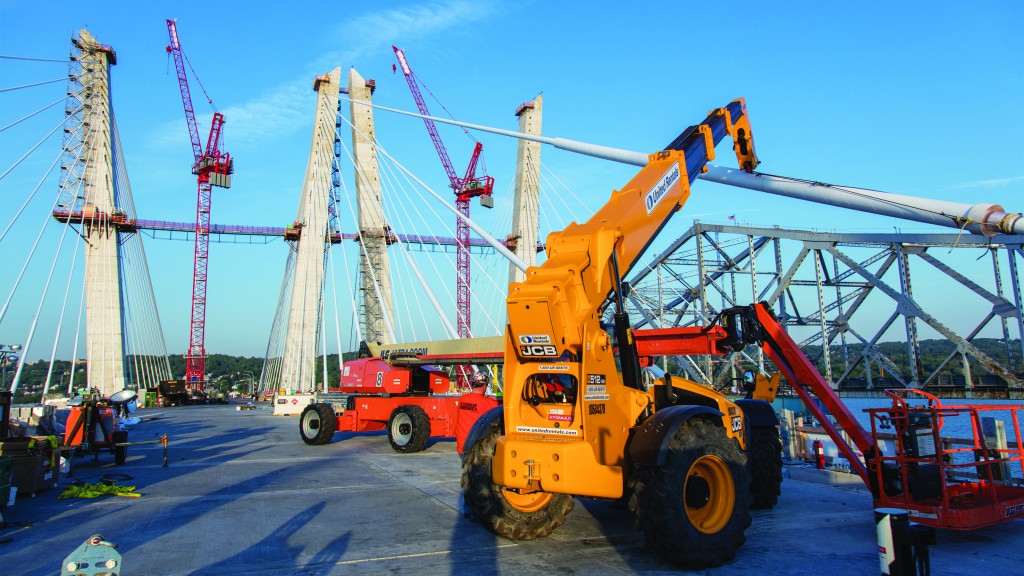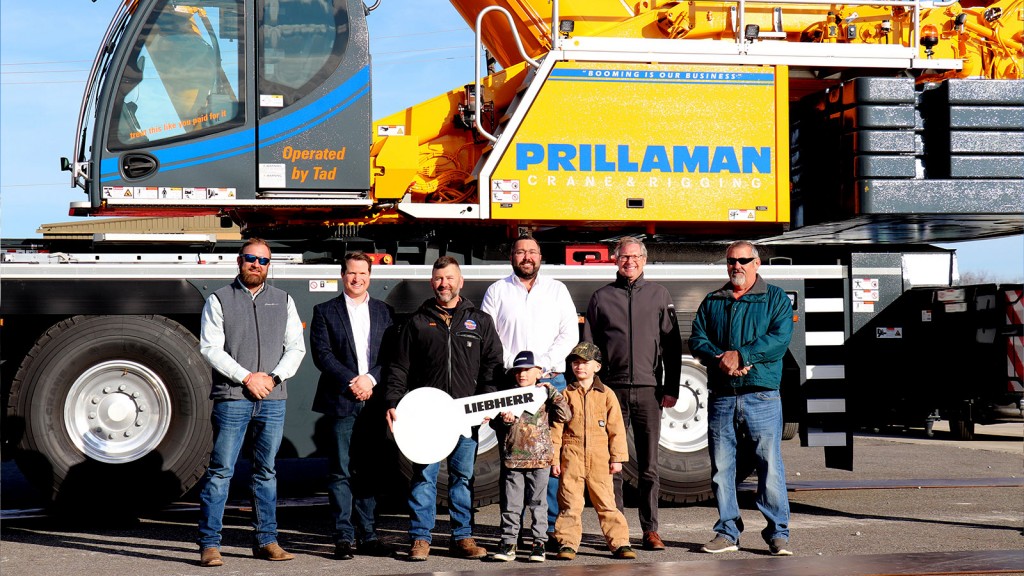
As construction and roadbuilding companies know, renting equipment is a small but pivotal part of any project. If a vital piece of equipment is not available, that can result in idle workers, and a project falling behind schedule and going beyond budget.
Working with mixed fleets of owned and rented equipment is how most companies do business. When renting, contractors pay only for the equipment they need, at the time they need it. Rental equipment contract periods provide the flexibility to get right equipment for a job for any length of time, so a firm doesn't invest in buying machines that will only see a short period of use and then sit idle for the rest of the year.
In evaluating rental equipment providers, companies not only need to look at their equipment needs but also explore how providers can help advance jobsite productivity beyond equipment.
Looking at equipment needs
When assessing rental providers, the evaluation should examine: can the rental company provide equipment most likely to be needed for core projects? How deep is their fleet; will availability be an issue? Can they deliver equipment to remote projects where it is needed?
Having access to many different types of equipment has a major impact on construction and roadbuilding project success. Rental companies have a broader inventory of equipment than a single contractor could possibly own. This equipment includes attachments to tailor machines for specific tasks, trench safety solutions, wearables and GPS technology to track utilization and more. Some rental portfolios also offer onsite services such as drones, tool management, extensive heating options including propane service and onsite diesel fuelling.
Another benefit of renting equipment is that rental companies upgrade their fleets on a regular basis, providing access to the most advanced gear with the latest safety technologies. This gives contractors an opportunity to not only work with the very latest equipment models but also become deeply familiar with them before deciding whether to buy.
To guide contractors, rental companies typically provide a lead point of contact to advise on the selection of the right equipment to address needs and practices to ensure optimal return on rentals and jobsite productivity. In addition to dedicated support personnel, rental providers are offering digital commerce platforms that make it easy for companies to evaluate, price and procure rental equipment and services online. Increasingly, they are expanding these digital marketplaces to not only include their own equipment but also third-party and customer-owned rentals and items for purchase.
Most every rental provider can deliver needed equipment on schedule according to a project plan. While that is useful, it is only the bare minimum. Project managers are expected to maintain productivity regardless of the situation. Planned, unplanned, seasonal and other events all have to be handled flawlessly. Companies need to explore whether they can rely on their rental providers when they need them to meet unexpected needs, such as disaster response and power outages. In these situations, companies don't want to be calling around shopping for a provider. They need an established partner in the wings - a rental company they can trust to deliver in any situation.
A construction or roadbuilding company does not have to be a large, national firm to have simultaneous jobsites in multiple cities and towns, and even multiple provinces and territories. Once projects are up and running, it can be harder to predict equipment needs in advance. When unexpected needs arise, local support and proximity to equipment fleet become a significant consideration. It can be costly to manage owned equipment over long distances; even a small delay can have a ripple effect on a project timeline.
Local support also means more immediate response on rented equipment repair and maintenance. Also, some rental providers offer servicing programs for owned equipment with professional inspections, preventative maintenance and repairs at customer sites or rental branches. Contractors can cut costs for maintaining equipment and periodic repairs, and reduce their need to hire and train service technicians.
Looking beyond equipment
Rental companies need to provide ways to contribute to contractor productivity beyond equipment. When assessing rental providers, companies should include a review of services in their evaluations. This includes offering digital tools to optimize equipment management, benchmarking key performance metrics and advancing training and safety capabilities.
• Optimize equipment management
Every minute equipment sits idle at a jobsite, it costs a company money and hurts its bottom line. That's why optimizing equipment utilization is key to enhancing profits. Leveraging digital tools, including low-cost sensors, GPS technology and telematics, and a new generation of high-powered, cloud-based fleet management software and services, make it possible to manage both owned and rental equipment. These tools create a digital system of record, providing valuable information such as location, use and performance.
• Benchmark key performance metrics
While the insights gained from digital equipment fleet management are incredibly helpful, they are largely inward looking. Benchmarking performance enables the gains generated by fleet management efficiencies to be taken to the next level. Any rental supplier that a contractor uses should be able to provide how its equipment is utilized and consumed by market segment, job type and equipment specification. Benchmarking uncovers opportunity to understand where utilization problems are and can lead to corrective actions which change operational behavior and achieve a stronger financial result.
• Advance operator and safety training
The challenges of jobsite safety and productivity are something companies face every day. Lectures with minimal classroom engagement are not enough. Companies need to look to dedicated resources that offer quality operator and safety training along with support outside the classroom - like jobsite consultation, engineered designs and safety equipment.
Instruction methods need to include immersive learning that applies the use of 2D and 3D immersive graphics, gamification, augmented reality (AR) and virtual reality (VR), to the education process. This method is particularly attractive to the workforce that has more recently entered the job marketplace. It is estimated the construction industry will need to recruit, train and retain an estimated 300,000 new workers over the next decade, according to BuildForce Canada. Training must be ready for the learning preferences of digital natives as they grow in numbers in the job marketplace.
Aligning equipment with jobsite needs
Today's jobsites are demanding, highly complex, dynamic environments. Companies need to pursue equipment partnerships that help them cut through the complexity and provide resources to get the job done safely, on time and on budget. Aligning equipment with these important organizational goals is the ultimate business advantage.
Denny Ancel is the United Rentals district sales manager in Alberta and has been with the company for 15 years.



